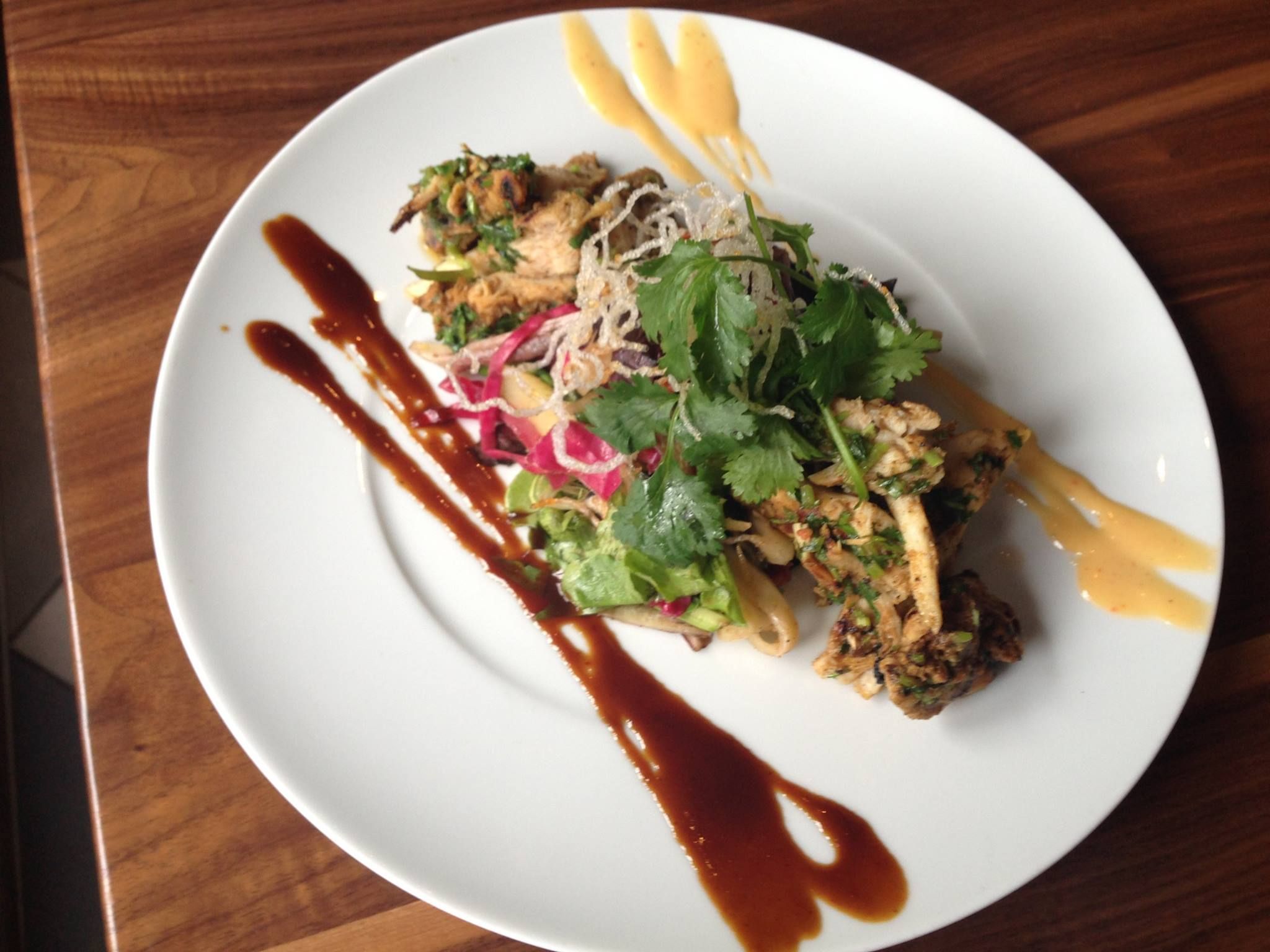

They also love to eat them-more avocados are consumed in Los Angeles than in any other American city.īeginning around the 1950s, avocados started to ramp up in popularity, and today, the average American now eats over four times more avocados than just a few decades back.

California now produces as much as 95 percent of all avocados grown in this country. Named the official state fruit of California in 2013, the avocado arrived in the U.S. Yet this isn't the avocado's only connection to the fine state of California. That's two and a half times the weight of San Francisco's Golden Gate Bridge. Today, Mexico still produces the majority of the whole world's avocado supply-they grew 2.4 million tons of the fruit in 2020. They were first cultivated possibly as far back as 10,000 B.C. In the meantime-and just in time for National Avocado Day on July 31-here are some fun facts about everyone's favorite fruit.Īvocados originated in Mexico or Central/South America. Whether avocados' fame will fizzle like that of the apple martini or they'll join the ranks of all-time greats like bacon remains to be seen. It's an avocado world, and we're just living in it. More than just an embellishment for toast, avocados have branched out beyond the sphere of the spreadable to lead an entire avocado empire, which includes their very own paint color, merchandise, memes galore, and a whole mattress company named after them. Celebrities Tom Selleck and Jamie Foxx both have avocado farms. Miley Cyrus has a tattoo of an avocado on her arm. There were an estimated three million pictures of avocado toast posted on Instagram every single day that summer. These little green wonders are slowly climbing the ranks on the edible hit list, nudging out spiked seltzers and nipping at the heels of kale.Īvocados have been trending since 2017, when Americans spent around $900,000 on avocado toast every month, and then posted about it incessantly. They're the new pumpkin spice, the General Tso's chicken of the new millennium. Susan heated the leftovers in a 400° F oven for 10 minutes, flipping the pieces after 5 minutes.Avocados are all the rage. It had just the right amount of cinnamon and was perfectly cooked. The New Orleans Style Pain Perdu was absolutely delicious. She put syrup on her’s, and I put confectioners’ sugar on mine. When all of the Pain Perdu was cooked, Susan served it with some crispy bacon, and fresh fruit. The reason that she did this was to ensure that the remaining butter did not burn.įinishing the New Orleans Style Pain Perdu: She wiped the pan with a paper towel before adding additional butter and repeating the process with the remaining French bread. When it was done, Susan removed the Pain Perdu from the skillet and placed it on a wire rack set in a rimmed baking sheet. She cooked the Pain Perdu for 3 to 4 minutes per side until it was golden brown. She noted that it’s important not to crowd the Pain Perdu while it is cooking. Susan repeated this with three more pieces of French bread. Because the cinnamon had a tendency to float to the top, she whisked the custard before dipping a slice of French bread into it. With the ingredients ready, Susan melted some butter in a large non-stick skillet over medium high heat. Next, she whisked in the vanilla extract and cinnamon.Ĭooking the New Orleans Style Pain Perdu: Then, she whisked in the milk and heavy cream. She started by whisking the eggs in a medium bowl. While the bread was drying out, Susan made the custard. This is important because otherwise, the interior of the bread would turn to mush. She let the slices sit out for a bit so that they could dry out. She could have used half and half in place of the milk and cream!įirst, Susan sliced the French bread diagonally into 1-inch slices. She used the following ingredients for this delicious New Orleans treat: French bread, eggs, milk, heavy cream, vanilla extract, ground cinnamon, and unsalted butter. Pain Perdu is one of Susan’s specialities. It’s perfect for a Mardi Gras breakfast or brunch! The French bread is sliced thick, dipped in an egg custard, and fried in butter. This New Orleans version of French toast, is generally made with stale French bread. Pain Perdu is French for “lost bread”, referring stale bread that would otherwise be disposed of.


 0 kommentar(er)
0 kommentar(er)
